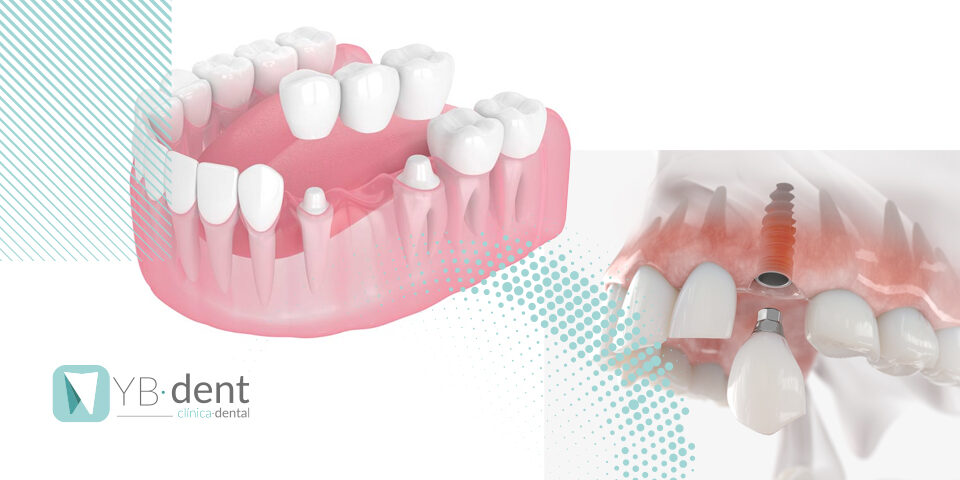Consejos para cuidar nuestra salud dental

Bien es conocido por todos que nuestra salud bucodental afecta directamente a nuestro bienestar general. Sin embargo, muchas veces ignoramos signos o síntomas de mal funcionamiento de la salud bucodental y que pueden acarrearnos serios problemas.
La salud dental tiene una gran influencia en muchos aspectos de nuestra vida, como por ejemplo poder comer o poder pronunciar debidamente. Además de influir en otros aspectos como la autoestima de las personas.
Siguiendo unas pautas y unos consejos en tu día a día puedes conseguir disfrutar de una buena salud bucodental. En el post de hoy queremos darte una serie de consejos para que puedas cuidar de tus dientes, para que así no sufras posteriormente de problemas dentales.
¿Cómo saber si tengo buena salud bucodental?
Hay señales que si observas tu boca puedes ver si tienes o no buena salud dental. Las señales son las siguientes:
- Dientes limpios sin sarro.
- Encías rosadas.
- Aliento fresco gran parte del tiempo.
Si cumples estos indicativos, es muy posible que tengas una buena salud bucodental. Sin embargo, debes hacerte revisiones cada 6 meses en tu dentista para asegurarte de que es así. Además seguir los consejos que te vamos a contar a continuación te ayudarán a cuidar tu salud dental.
Consejos a seguir para tener una buena salud bucodental
- Cepíllate bien los dientes.
Después de cada comida cepíllate bien los dientes. Esto es esencial para evitar que se forme la placa bacteriana y para eliminar los restos de comida que se hayan quedado entre tus dientes.
Otros consejos a seguir al lavarse los dientes para mantener la buena salud bucodental son:
- Cepillarse los dientes con cuidado.
- Cepillarse los dientes tres veces al día. Para garantizar una buena salud dental es esencial realizar una limpieza después de cada comida, y especialmente después de la cena. Antes de dormir es cuando se necesita un lavado más profundo, ya que es cuando baja la producción de saliva, movemos más la lengua y por lo tanto se remueve más la placa bacteriana.
- Cepillar las encías. Después de cepillar bien los dientes, también debemos cepillar las encías con suavidad a lo largo de la línea de las encías.
- Utiliza un dentífrico con flúor. Es el más adecuado porque ayuda a prevenir las caries y por lo tanto, ayuda a mantener una buena salud bucodental.
- Limpiar los espacios interdentales. Utiliza hilo o seda dental, y si hay espacio suficiente es mejor utilizar cepillo interproximal. Es conveniente utilizarlo cada noche para asegurar una limpieza más profunda y una buena limpieza de las caras laterales de los dientes.
- Limpia la lengua. Debes frotar de forma suave hacia delante con el cepillo o el limpiador lingual. En la lengua se acumula un gran número de bacterias por lo que es conveniente pasar el cepillo cada vez que te lavas los dientes. Recuerda que la lengua también forma parte de tu salud bucodental.
Otros consejos que ayudarán a que mantengas una buena salud dental
- No fumes tabaco.
El tabaco, como todos sabemos, es perjudicial para la salud bucodental. Esto no solo provoca manchas en tus dientes, sino que además hace que tengas mal aliento.
- Cuida tu alimentación.
Seguir una dieta equilibrada ayuda a tener una buena salud bucodental.
Existen alimentos que ayudan a que tanto los dientes como las encías se conserven en buen estado. Estos alimentos son la manzana, el pepino y la leche.
- Acude a las revisiones con tu dentista.
Es muy importante acudir al dentista cada 6 meses para una revisión y que así evalúe el estado de los dientes y las encías.
- Protege tus dientes.
Si practicas algún deporte de contacto como el fútbol, rugby o boxeo es importante que hagas uso del protector bucal. De esta forma protegerás tus dientes de cualquier golpe que pueda ocasionar daños a tus dientes.
Siguiendo esta serie de consejos, que puedes integrar fácilmente en tu día a día, podrás disfrutar de una buena salud bucodental. No olvides que en caso de sentir cualquier molestia debes acudir a tu dentista de forma inmediata.
Si tienes cualquier duda o quieres una cita con nosotros puedes ponerte en contacto con nosotros a través del teléfono: 961 672 098 o 696 556 977.



